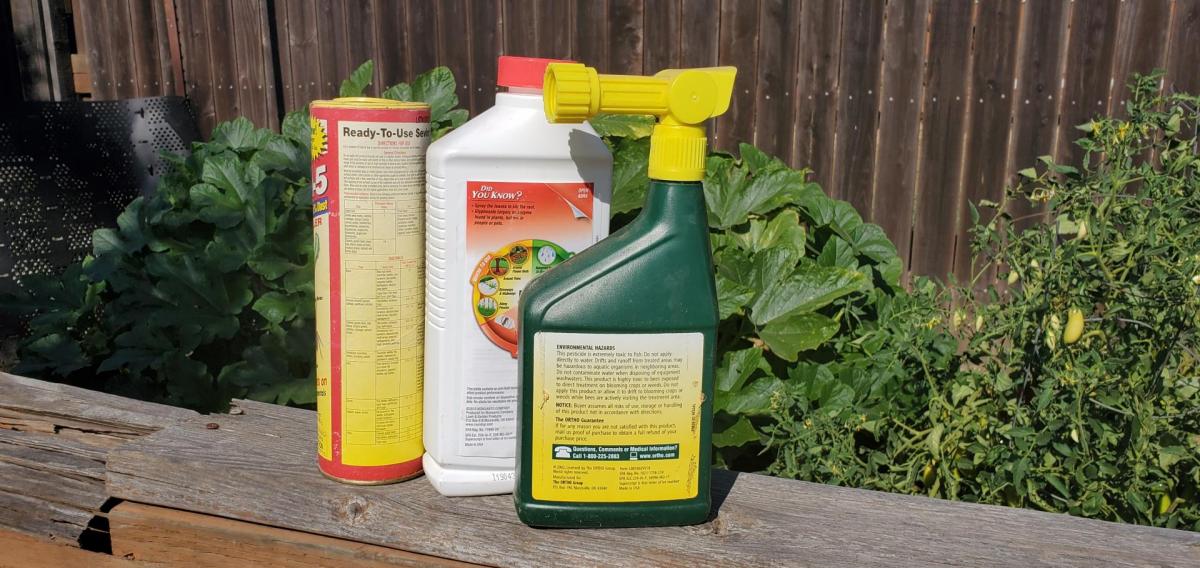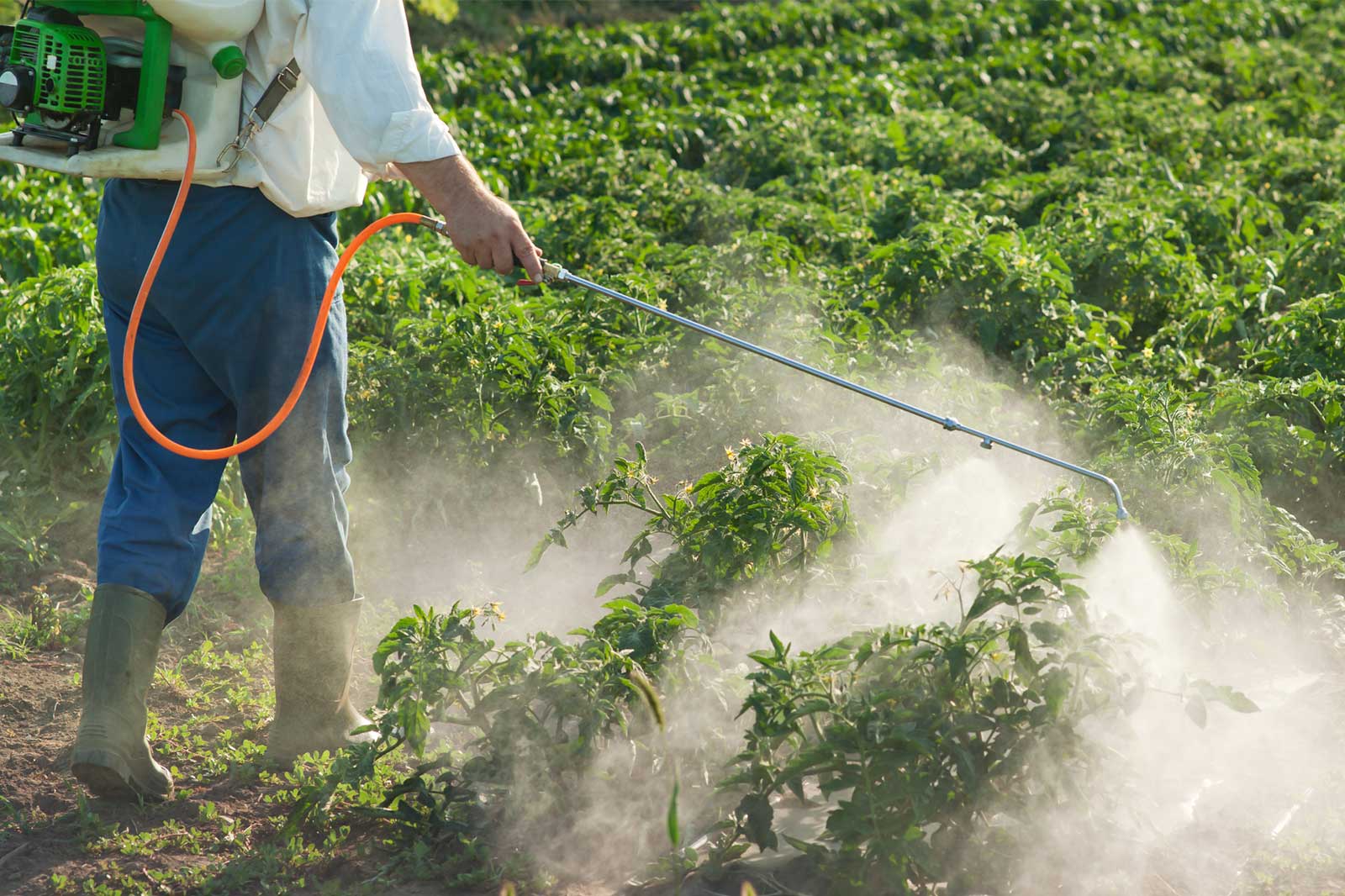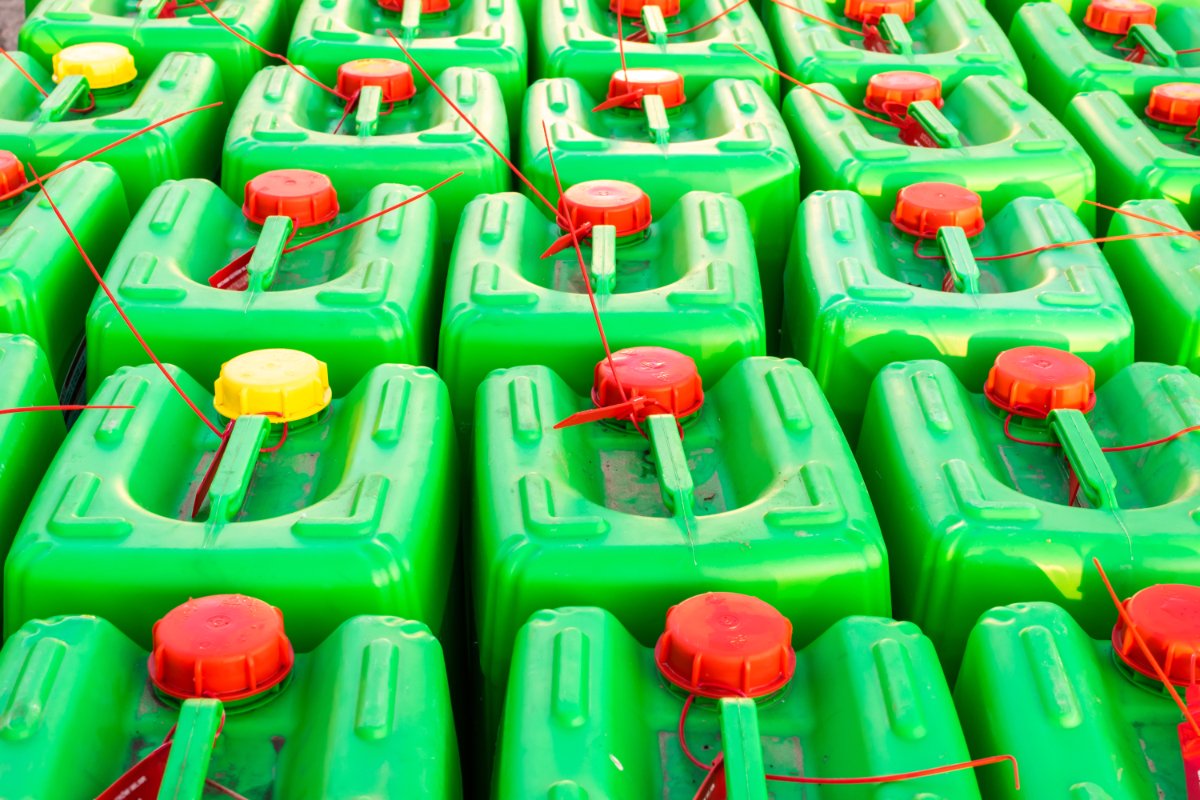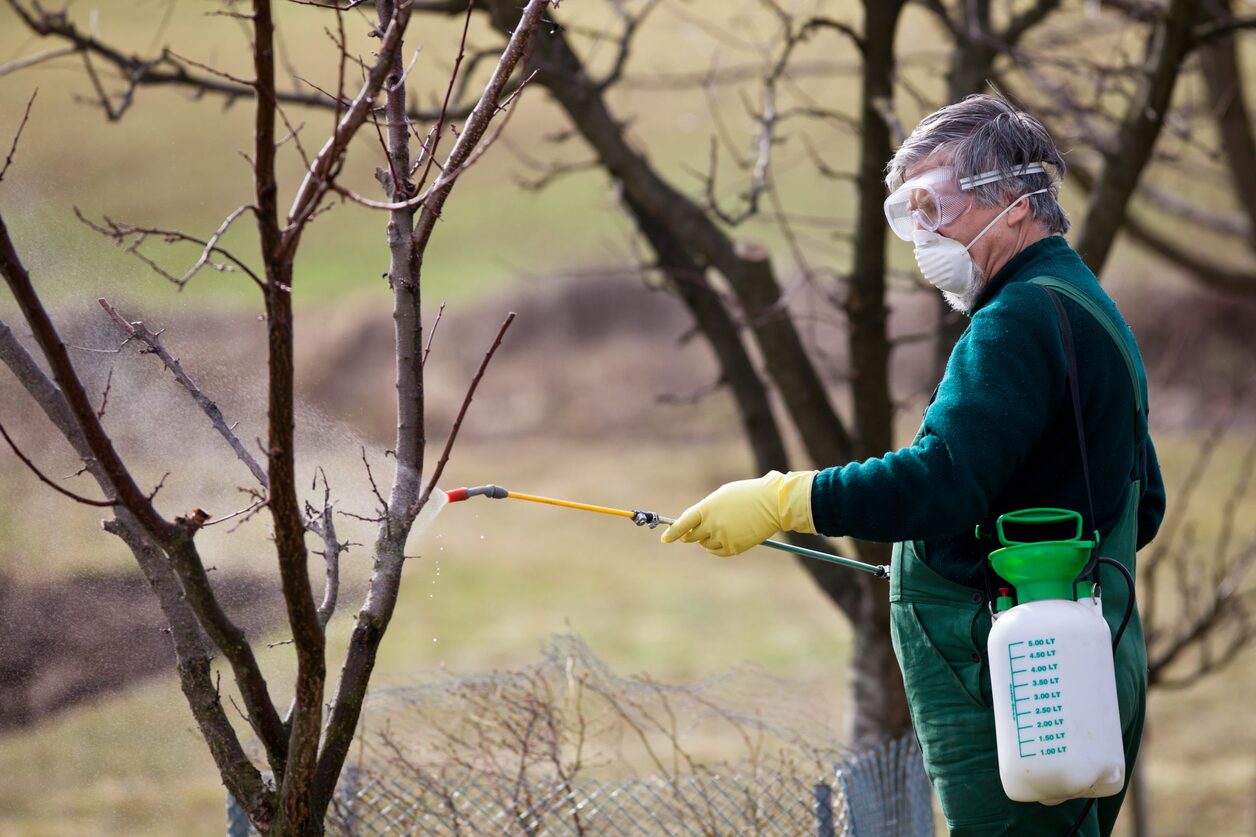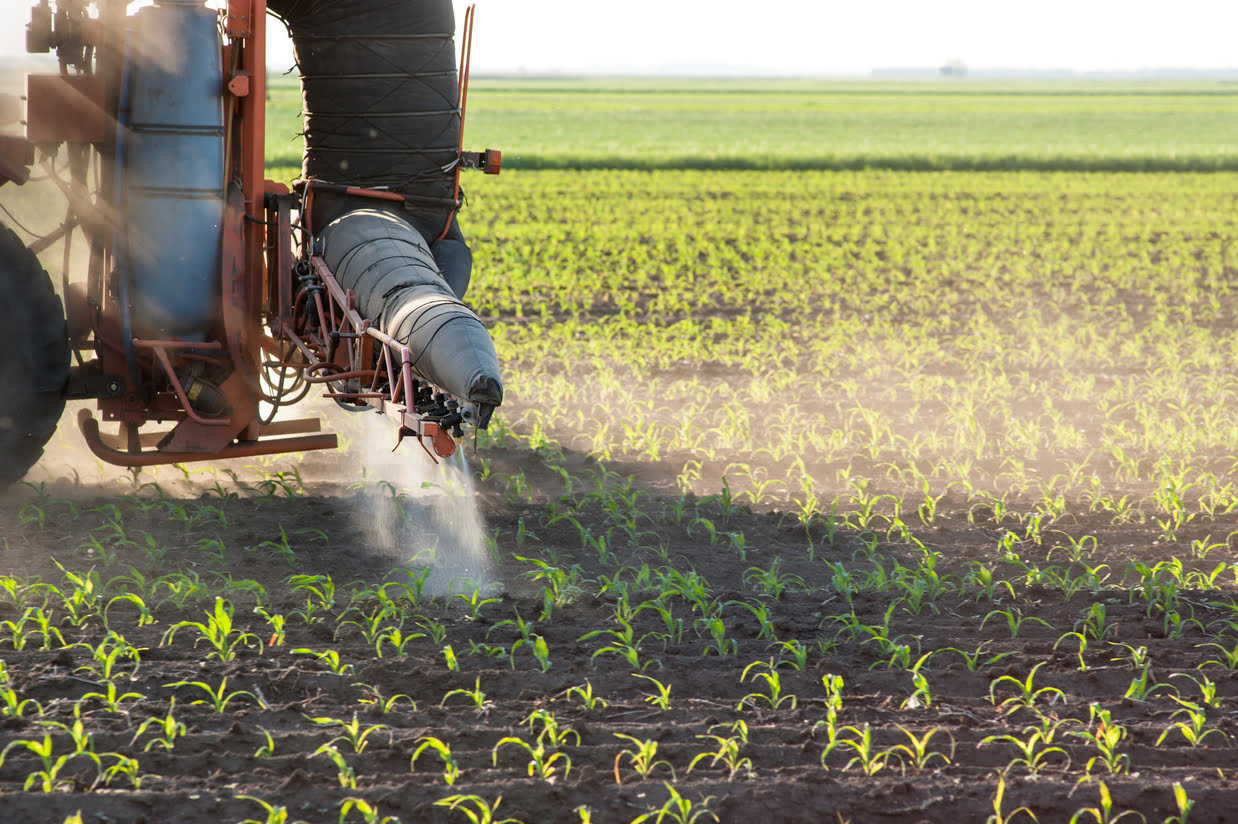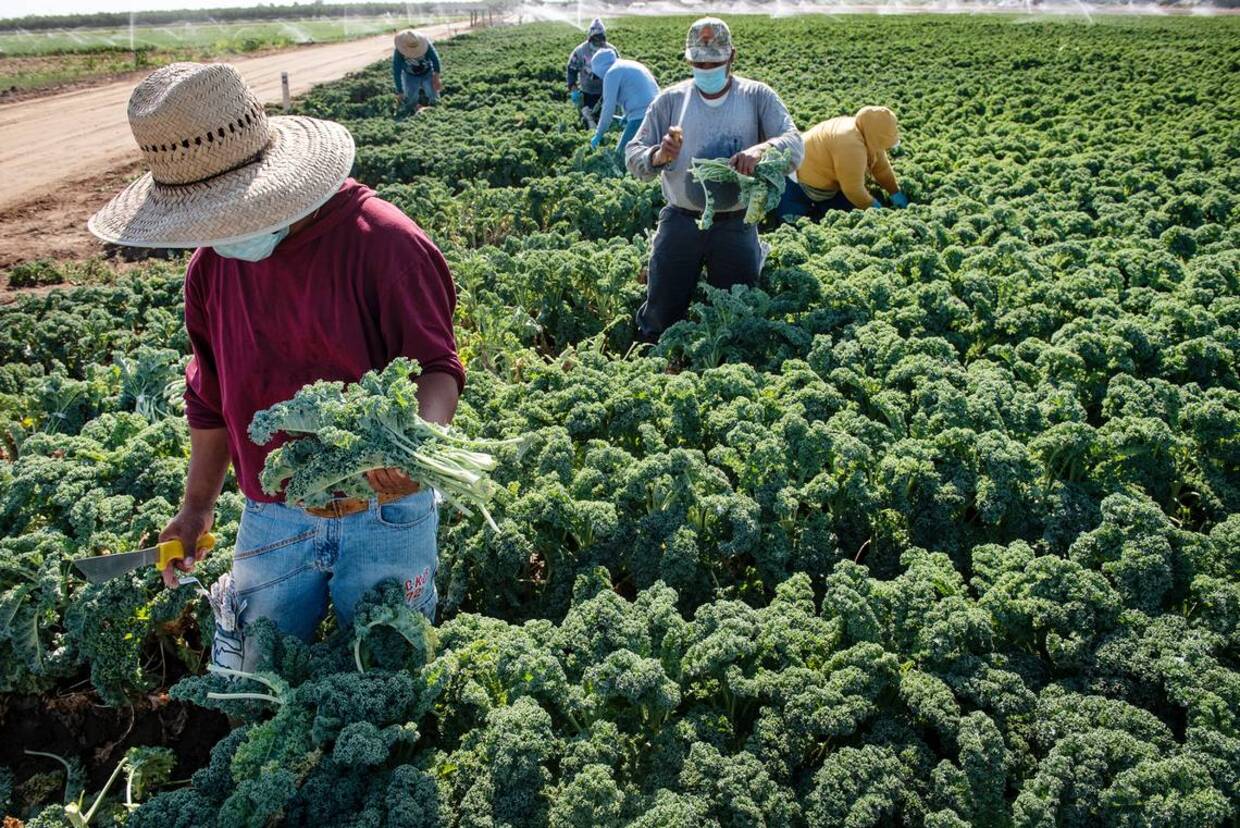Home>Gardening News and Trends>Latest News>What Are Pesticides With The Highest Toxicity Labeled With?
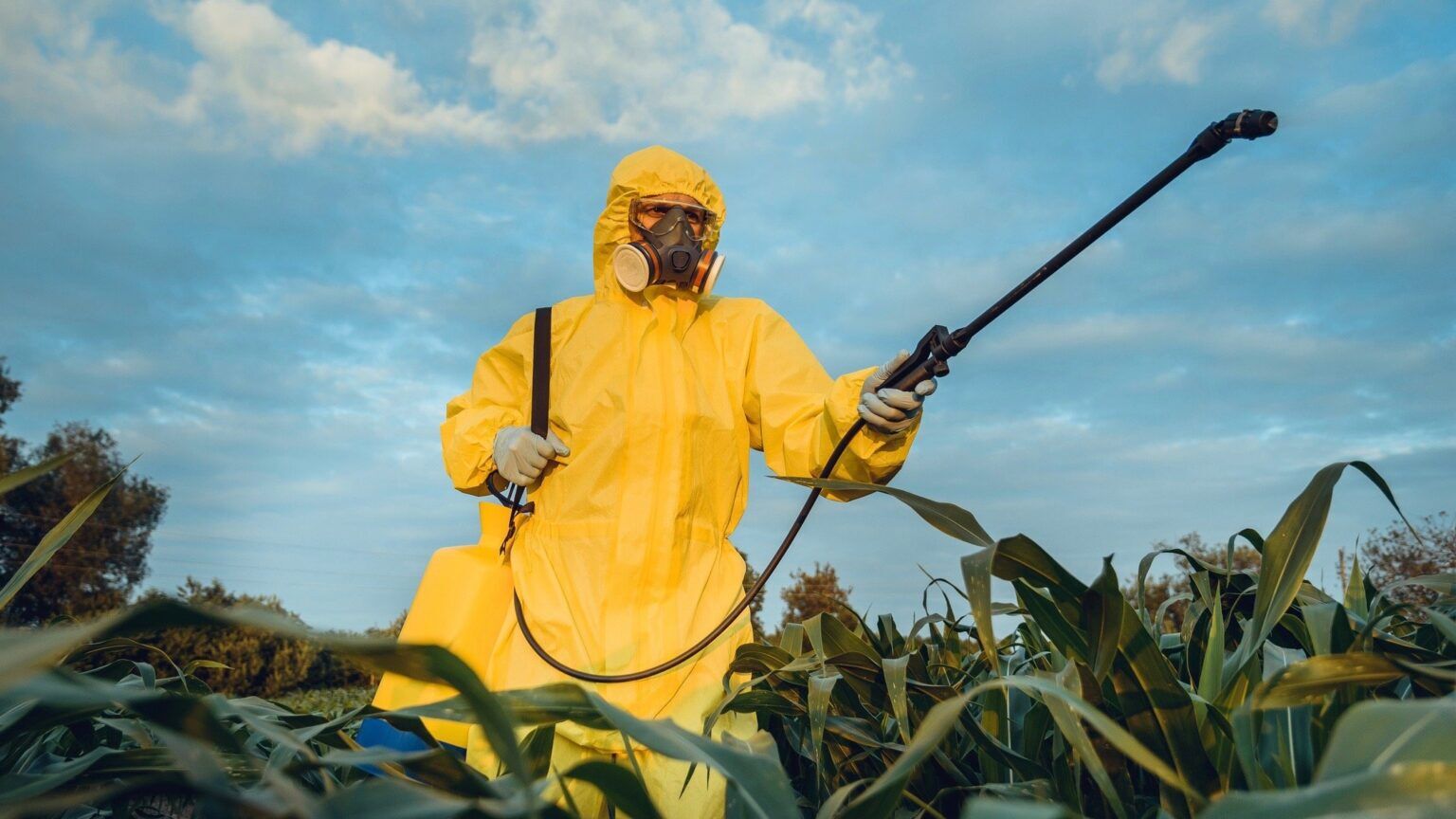

Latest News
What Are Pesticides With The Highest Toxicity Labeled With?
Published: November 27, 2023
Discover the latest news on pesticides with the highest toxicity and learn about the alarming labels associated with these harmful chemicals. Stay informed and protect your health!
(Many of the links in this article redirect to a specific reviewed product. Your purchase of these products through affiliate links helps to generate commission for Chicagolandgardening.com, at no extra cost. Learn more)
Table of Contents
Introduction
Pesticides play a crucial role in modern agriculture, helping farmers protect their crops from pests and improve yields. However, it is essential to understand that not all pesticides are created equal. Some have higher levels of toxicity, which can pose risks to human health and the environment. To mitigate these risks, strict regulations are in place to ensure proper labeling and information dissemination.
In this article, we will delve into the world of high toxicity pesticides and the specific words used to label them. Understanding these labels is important because they provide valuable information about the potential dangers associated with these products and how to handle them safely.
Throughout this article, we will explore the regulations surrounding pesticide labeling and identify the words commonly used to convey the high toxicity levels of certain products. It is crucial to be knowledgeable about these labels to make informed decisions when using or coming into contact with pesticides.
By examining the words used on these labels, we can gain insight into their potential hazards and take necessary precautions to minimize risks. So, let’s dive in and explore the world of high toxicity pesticides and the language used to communicate their potential dangers.
Understanding toxicity in pesticides
Pesticides are chemical substances used to control or eliminate pests such as insects, weeds, and fungi that can damage crops or pose a threat to public health. While these chemical compounds are effective tools in agriculture, they can also have adverse effects on humans, animals, and the environment. Understanding the concept of toxicity is essential in comprehending the potential dangers associated with pesticide use.
Toxicity refers to the inherent ability of a substance to cause harm or damage to living organisms. In the context of pesticides, toxicity is a measure of their potential to cause adverse effects. It is important to note that not all pesticides have the same level of toxicity. Some may have minimal impacts on human health and the environment, while others can be highly toxic and pose significant risks.
The toxicity of a pesticide is typically determined through rigorous scientific testing and evaluation. These tests assess the effects of pesticides on various organisms, including mammals, birds, fish, and insects. The results help determine the toxicity level and potential risks associated with the use of specific pesticides.
Pesticides are often classified into different toxicity categories based on their potential to cause harm. The Environmental Protection Agency (EPA) in the United States, for example, classifies pesticides into four categories: highly toxic, moderately toxic, slightly toxic, and practically non-toxic. This classification system provides a standardized way to communicate the relative toxicity of different pesticides.
The level of toxicity of a pesticide is influenced by several factors, including the chemical composition of the pesticide, its concentration, the route of exposure (such as ingestion, inhalation, or dermal contact), and the duration and frequency of exposure. Understanding these factors is crucial in assessing the potential risks associated with pesticide use and implementing appropriate safety measures.
Additionally, it is important to note that the toxicity of a pesticide can also depend on the sensitivity of the organism exposed. For example, some pesticides may have a higher toxicity to insects than to mammals, while others may be more toxic to aquatic organisms. This variability highlights the need for targeted risk assessments and specific precautions when using pesticides in different environments or around vulnerable populations.
By understanding the concept of toxicity and the factors that influence it, we can better comprehend the potential risks associated with pesticides. This knowledge empowers us to make informed decisions when selecting and using pesticides, ensuring the protection of human health, the environment, and other living organisms.
Labeling requirements for pesticides
In order to ensure transparency and provide necessary information to users, strict labeling requirements are in place for pesticides. These requirements help to communicate important details about the product, including its contents, potential hazards, and instructions for safe handling and use.
The labeling of pesticides is regulated by government agencies, such as the Environmental Protection Agency (EPA) in the United States. These agencies establish guidelines and standards that pesticide manufacturers must adhere to when designing labels for their products.
Labeling requirements for pesticides typically include the following information:
- Product name and brand: The label must clearly display the product name and brand to identify the specific pesticide being used.
- Active ingredients: Pesticides contain active ingredients that are responsible for their effectiveness in controlling pests. The label must list the active ingredients and their concentrations.
- Signal word: The signal word indicates the level of acute toxicity of the pesticide and serves as a visual cue for the potential hazards associated with its use. The signal words used are “Danger” for highly toxic pesticides, “Warning” for moderately toxic pesticides, and “Caution” for slightly toxic pesticides.
- Precautionary statements: These statements provide important information on how to handle, store, and apply the pesticide safely. They may include instructions related to protective equipment, application methods, and disposal practices.
- Directions for use: The label must provide clear instructions on how to use the pesticide effectively and safely. This includes information on dosage rates, timing of application, and any specific precautions or restrictions.
- Environmental hazards: Pesticides can have adverse effects on the environment, including water bodies, non-target organisms, and ecosystems. The label should highlight any specific environmental hazards associated with the product.
- First aid instructions: In the event of accidental exposure or poisoning, the label must provide clear first aid instructions to assist users in taking immediate action.
- Storage and disposal: Proper storage and disposal of pesticides are essential to prevent contamination and environmental damage. The label should include specific guidelines for storing and disposing of the product safely.
By adhering to these labeling requirements, pesticide manufacturers can ensure that users have access to accurate and comprehensive information about their products. This enables users to make informed decisions regarding the safe and responsible use of pesticides.
High toxicity pesticides and their labeling
High toxicity pesticides are those that possess a higher level of potential harm to human health and the environment. These chemicals have the potential to cause severe health effects, and therefore require specific labeling to communicate their risks and ensure proper handling.
Labeling for high toxicity pesticides typically includes additional information to convey the seriousness of their potential hazards. These labels often contain the following elements:
- Exclamation mark: A prominent exclamation mark symbol is used to draw attention to the potential dangers associated with the pesticide. This visual indicator serves as a warning to users.
- Hazard statements: These statements provide specific details about the potential hazards associated with the pesticide, including its acute effects, chronic effects, and environmental hazards.
- Health hazard: Labels for high toxicity pesticides will indicate the potential health hazards that could arise from exposure, such as respiratory irritation, skin sensitization, or even life-threatening conditions. These warnings help users understand the potential risks and take appropriate precautions.
- Environmental hazard: High toxicity pesticides can pose significant risks to the environment, including toxicity to aquatic life or harm to non-target organisms. Labels may include specific information about the environmental hazards associated with the product.
- Restricted use: Some high toxicity pesticides may be classified as restricted use pesticides, meaning they can only be used by certified applicators or under specific conditions. The label will clearly indicate any restrictions associated with the product’s use.
- Emergency contact information: Labels typically include emergency contact information, such as a phone number or a website, that users can reach out to in case of an accident or exposure.
It is important to note that the specific labeling requirements and language used for high toxicity pesticides can vary across different countries and regions due to varying regulations. However, the fundamental goal remains the same: to ensure that users are aware of the potential risks and can handle these pesticides safely and responsibly.
By providing clear and comprehensive labeling, high toxicity pesticides can be used with caution, minimizing the risks to human health and the environment. Users should always carefully read and follow the instructions and precautions provided on the pesticide label to protect themselves, others, and the environment.
Common words used on labels for high toxicity pesticides
The labels on high toxicity pesticides often include specific words and phrases that indicate the potential risks associated with these products. Understanding these common words can help users recognize the severity of the hazards and take appropriate precautions when handling or using high toxicity pesticides.
Here are some common words and phrases frequently used on labels for high toxicity pesticides:
- Poison: This word is often used to indicate that the pesticide is highly toxic and can cause severe harm or even death if ingested, inhaled, or absorbed through the skin.
- Toxic: The term “toxic” on a pesticide label signifies that the product has the potential to result in significant harm to humans, animals, or the environment. It warns users to exercise extreme caution when handling or using the pesticide.
- Danger: The word “danger” is prominently displayed on labels for highly toxic pesticides. It signifies that the pesticide poses an immediate risk to human health and should be handled with the utmost care.
- <b+>Warning: A “warning” label is used for pesticides that have moderate toxicity. While not as severe as highly toxic pesticides, these products still warrant caution and proper handling.
- Caution: The term “caution” is used for pesticides with lower toxicity levels. Although they present a lower risk, users are still advised to follow safety guidelines and handle the pesticide responsibly.
- <b+>Harmful if swallowed/inhaled/absorbed: These statements specify the potential routes of exposure and the associated risks. They caution users about the specific dangers of ingestion, inhalation, or dermal contact with the pesticide.
- <b+>Keep out of reach of children: This phrase is included to emphasize the importance of storing high toxicity pesticides in a secure location inaccessible to children. It serves as a reminder of the potential risks to young ones if they come into contact with the product.
- Restricted use: Some high toxicity pesticides are classified as restricted use, meaning they can only be used by professionals who are trained and certified in their proper handling and application. This designation ensures that these highly hazardous pesticides are used only by individuals with the appropriate expertise.
These are just a few examples of the common words and phrases used on labels for high toxicity pesticides. It is crucial to thoroughly read and understand the label of any pesticide before use, paying close attention to the specific words and warnings provided. By doing so, users can minimize the risks associated with these hazardous substances and ensure their safe and responsible use.
Conclusion
Understanding the labeling of high toxicity pesticides is crucial for ensuring the safe and responsible use of these products. The specific words and phrases used on pesticide labels provide valuable information about the potential risks associated with their use, allowing users to take appropriate precautions and minimize harm to human health and the environment.
Through strict regulations, governments worldwide enforce labeling requirements for pesticides to provide transparent and accurate information to users. These labels include vital details such as product name, active ingredients, signal words, hazard statements, precautionary statements, and environmental hazards. Additionally, labels for high toxicity pesticides have specific characteristics to highlight the severity of their potential hazards.
By understanding the language used on pesticide labels, users can identify the level of toxicity, potential health effects, and environmental risks associated with a specific pesticide. This knowledge empowers individuals to select the appropriate protective measures, such as wearing personal protective equipment, following proper handling procedures, and storing pesticides safely.
It is important to note that pesticide labels may vary in different countries or regions due to specific regulations. Therefore, users must familiarize themselves with the labeling requirements and language specific to their location.
The responsible use of high toxicity pesticides involves not only reading and understanding the labels but also following the recommended safety precautions. Users should always follow the instructions provided on the label, such as appropriate dosage rates, application methods, and stewardship practices to minimize the environmental impact.
Ultimately, by being aware of and adhering to the labeling requirements and language for high toxicity pesticides, individuals can contribute to reducing risks and ensuring the safe handling and use of these powerful tools for pest control in agriculture and other applications.
